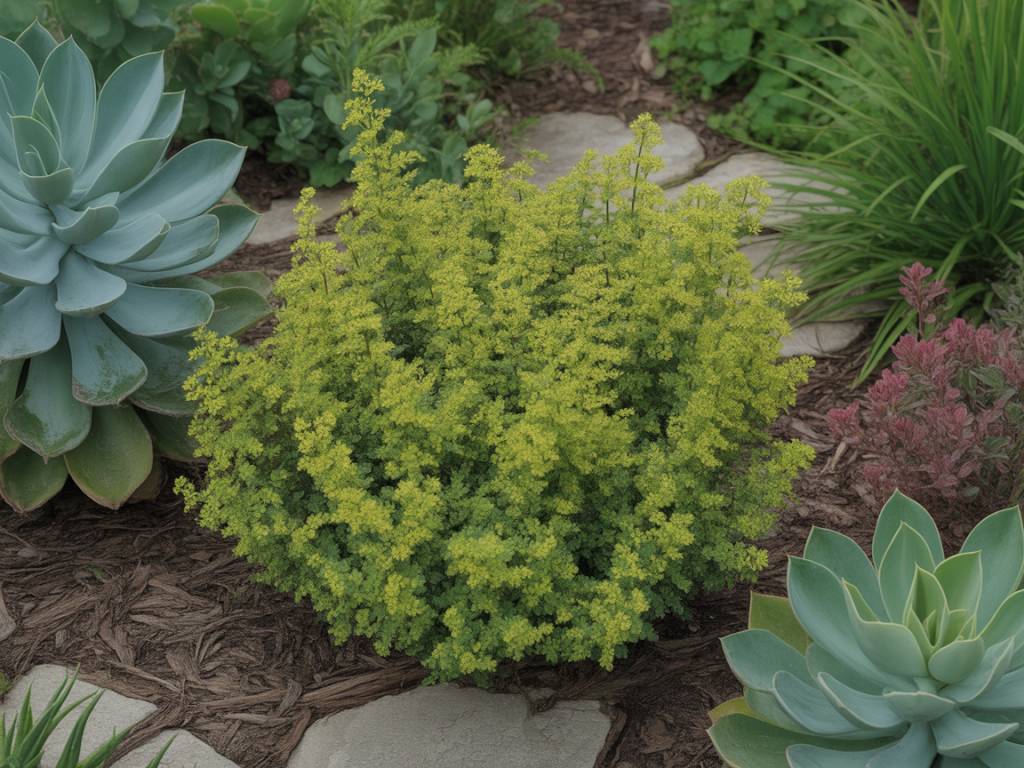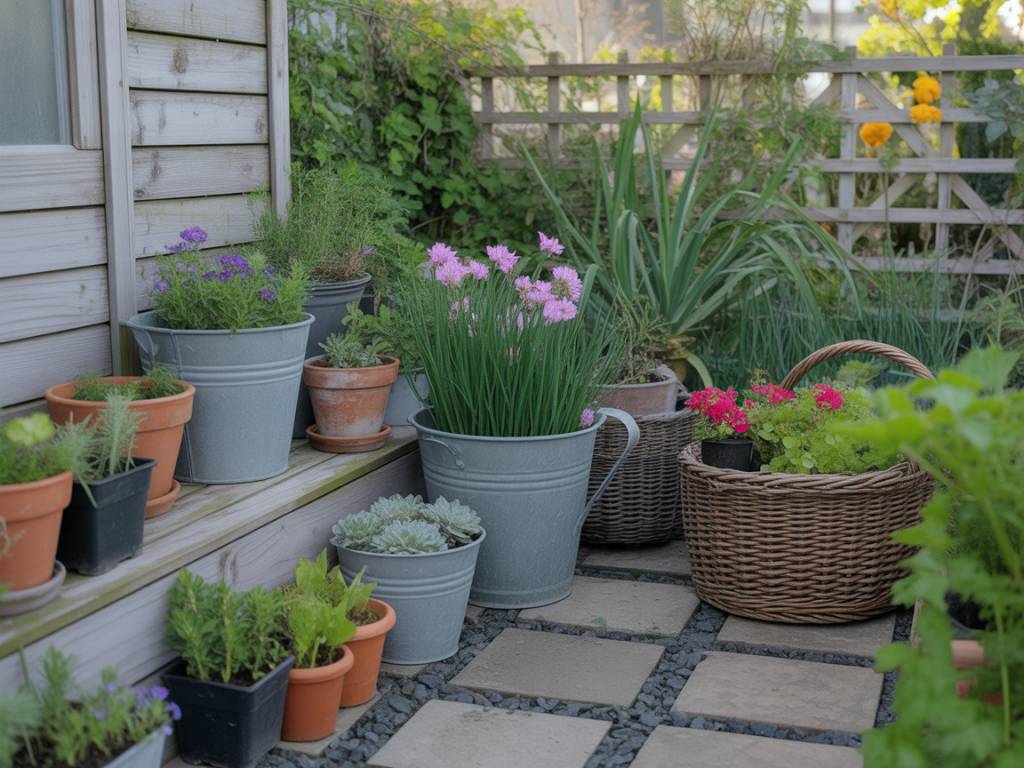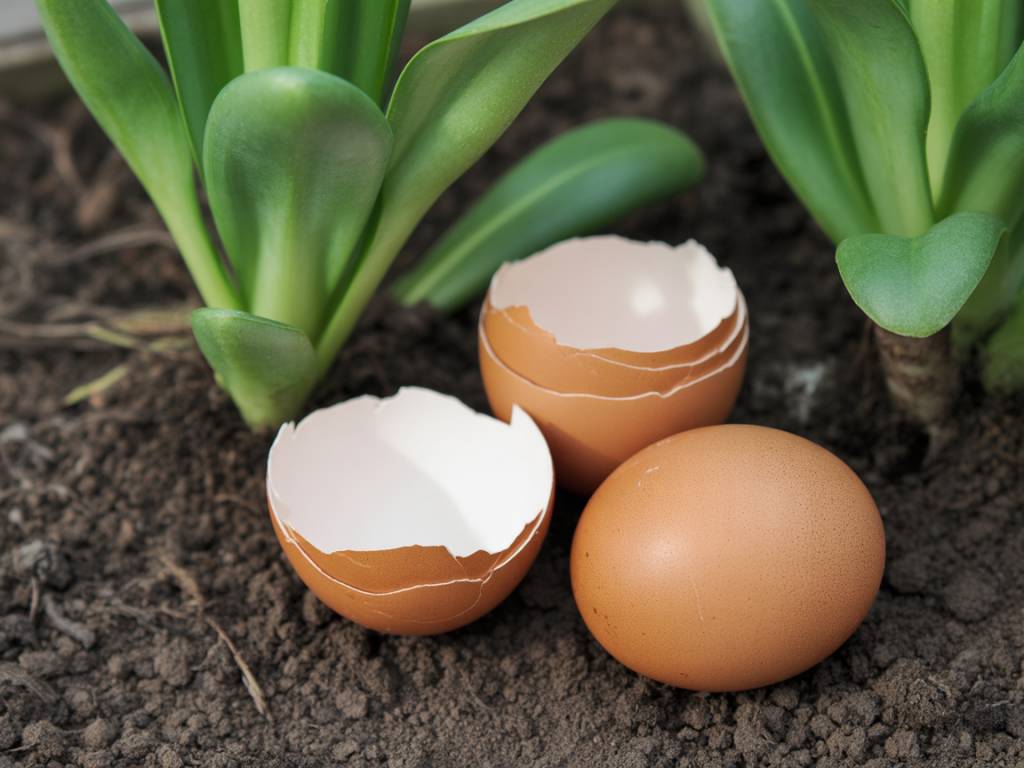Every spring, just as the soil begins to loosen and the nettles dare to rise, broad green leaves start unfurling like crumpled paper at the edges of my wild garden. They appear in the places where I haven’t tried to control too much – near the compost heap, along the path to the shed, under the old apple tree. Many gardeners call them “weeds” and reach straight for the fork.
I call them dinner.
Those generous rosettes belong to dock – a plant more often cursed than cherished. Yet dock leaves are not only edible, they’re surprisingly useful in the kitchen and in a wild-leaning garden. Let me walk you through how I recognise them, harvest them, and weave them (quietly and humbly) into our meals and into the rhythm of my garden.
What exactly are dock leaves?
“Dock” usually refers to plants in the Rumex genus, most commonly broad-leaved dock (Rumex obtusifolius) and curly dock (Rumex crispus). If you garden in the UK, you almost certainly have some nearby, whether you’ve invited them or not.
Broad-leaved dock is the one most people recognise:
- Leaves: Large, oval to oblong, with a blunt tip and prominent central vein. The texture is slightly leathery.
- Growth habit: Grows in a low rosette first, then sends up a tall, sturdy flower stalk sprinkled with tiny greenish flowers that turn rusty-brown as seeds mature.
- Roots: A long, strong taproot that makes it famously difficult to eradicate.
Curly dock is similar but with much narrower leaves that have wavy, ruffled edges. Both are edible, and both are common companions of disturbed soil – paths, paddocks, vegetable plots, and anywhere the soil has been turned or trodden.
Many of us first met dock leaves as children, when they were crushed and pressed against nettle stings like a little green bandage. That folklore isn’t entirely unfounded (more on that later), but it’s only part of the story. Dock is also a wild leafy vegetable hiding in plain sight.
Are dock leaves really edible?
Yes – dock leaves are edible, especially when they’re young and tender in spring. They belong to the same family as sorrel and buckwheat, so their tartness will feel pleasantly familiar if you love lemony greens.
There are a few important nuances, though:
- Oxalic acid: Like sorrel and spinach, dock contains oxalic acid, which contributes to its sour taste. In large amounts, especially for people with kidney issues or a history of kidney stones, it can be problematic. This is one reason we usually cook dock leaves rather than eat them in huge raw salads.
- Bitterness and toughness: As the season progresses, the leaves become more fibrous and bitter. Early spring and early summer are the best times to harvest leaves for eating.
- Moderation: Dock is best enjoyed as part of a varied diet of greens. I think of it as a flavourful accent, not the entire meal.
If you already eat sorrel, chard, or spinach, dock won’t feel too exotic. It’s simply their wilder, slightly more rustic cousin – a little more outspoken on the tongue, a little more stubborn in the soil.
How to identify dock safely before eating
Before anything lands on your plate, it needs to be correctly identified. A few simple checks will help keep you safe and confident.
- Leaf shape: Broad-leaved dock has large, slightly oval leaves, often 20–30 cm long, with a rounded or blunt tip. Curly dock has narrower leaves with rippling edges.
- Veins and stalk: A strong, central midrib on the underside, often slightly reddish near the base. The leaf stalk (petiole) can also have a reddish tinge.
- Growth pattern: Young plants form a rosette close to the ground. Older plants send up a tall, stiff flower spike with many small clusters of seeds that turn brown and papery.
- Habitat: Often found in disturbed ground, pasture edges, near compost heaps, paths, and around water troughs.
Dock is fairly distinctive. Still, if you are ever in doubt, leave it be. Many gardeners have a local wild plant group or foraging walk nearby – a single afternoon with an experienced guide can transform vague guesses into quiet certainty.
When and how I harvest dock leaves
My favourite time to collect dock leaves is on a cool spring morning, when the rosettes are still low and the leaves look almost glossy with promise. The plant feels full of momentum then, pushing all its energy up through those tender fronds.
Here’s how I harvest ethically and thoughtfully:
- Choose young leaves: I pick the smaller, fresher leaves from the centre of the rosette. They’re milder in flavour and softer in texture.
- Avoid polluted areas: I skip plants growing right by busy roads, dog-walking hotspots, or where herbicides might have been sprayed.
- Take sparingly: From each plant, I only harvest a few leaves, leaving plenty to photosynthesise. Dock is tough, but I still prefer to treat each plant as a long-term neighbour, not a disposable resource.
- Check for damage: I avoid leaves that are heavily nibbled, rusty, or blotched. A few insect holes never bother me; they just prove that someone else approves of my harvest.
At home, I rinse the leaves thoroughly in cold water, swishing away soil and any tiny residents before letting them drain on a tea towel.
What do dock leaves taste like?
Flavour-wise, dock sits somewhere between spinach and sorrel, but a touch more assertive:
- Young leaves: Gently sour, slightly earthy, and pleasantly green. These are suitable for brief cooking or, in small amounts, finely shredded in salads.
- Older leaves: More bitter, tougher, and better suited to long cooking – in broths, stews, or mincing into fillings.
Think of dock as a seasoning green – something that brightens and sharpens a dish, especially when combined with milder leaves. I rarely serve it alone, but I love the way it sings in a chorus.
How I use dock leaves in my wild kitchen
Over the years, dock has become one of my quiet kitchen companions, slipping gently into soups and pies when no one is watching. Here are a few of my favourite ways to use it.
Dock as a cooked leafy green
Cooking softens dock’s fibres and moderates its sourness, making it more adaptable. A few simple preparations:
- Quick sauté: I chop young leaves and sauté them with a little olive oil or butter, garlic, and a pinch of salt. Once tender, a squeeze of lemon and a crack of black pepper transform them into a bright side dish. Mixed with spinach or chard, they’re even lovelier.
- In soups and stews: A handful of sliced dock leaves thrown into a bubbling vegetable soup adds a gentle tang. It sits well alongside potatoes, carrots, leeks and lentils.
- Stirred into grains: I fold chopped, quickly wilted dock into warm barley, rice, or bulgur with herbs and toasted seeds. It brings that “wild edge” without overtaking the dish.
As with sorrel, it’s best added towards the end of cooking if you want to preserve its brighter notes, or earlier if you’d like it to melt quietly into the background.
Dock in pies, tarts and savoury bakes
Wherever you might use spinach or chard, you can usually tuck in some dock, especially in mixed fillings where its sharper character is welcome.
- Savoury tarts: I like to blend dock with other greens, soft onions, and a creamy base (eggs, crème fraîche, or a plant-based alternative) and pour it into a pastry shell. A little nutmeg and cheese harmonise the flavours beautifully.
- Leafy pasties or turnovers: Finely chopped dock, mashed potato, herbs, and a scattering of cheese make a satisfying filling wrapped in pastry, especially for a gardener’s lunch taken out among the beds.
- Frittatas and omelettes: Lightly wilted dock leaves folded into eggs with fresh herbs create a simple, nourishing meal – particularly nice after a long day of planting.
Whenever I use dock in bakes, I keep it under half of the total greens, pairing it with milder leaves like spinach, beet greens, or even young nettles.
Can you eat dock leaves raw?
You can, but with care and in moderation. Finely slicing one or two very young dock leaves into a salad can add a pleasant acidity, almost like a squeeze of lemon built into the greens.
However, because of the oxalic acid content and the stronger flavour, I generally prefer dock cooked. If you’re curious, you might:
- Shred a small amount into a mixed leaf salad.
- Toss with oil, salt, and herbs as a tangy garnish on top of a warm dish.
Listen to your body as well as your taste buds. Wild foods are powerful; a little often goes a long way.
Traditional uses: dock for nettle stings
No conversation about dock feels complete without mentioning its role as the childhood hero of nettle stings. Many of us were told, “Find a dock leaf, rub it on the sting, and it will feel better.”
While the science behind this folk remedy is debated, there are a few possibilities:
- The cool, moist leaf itself soothes by simple temperature and pressure.
- Dock sap may have mild anti-inflammatory properties for some people.
- The act of calmly tending to a sting can be soothing in its own right.
In my garden, the relationship between dock and nettle feels almost symbolic: one fiery, one calming; one stinging, one soothing. I often let them share a corner, a little wild medicine cabinet at the edge of the path.
Safety tips and who should be cautious
Dock is generally safe for most people when eaten in sensible amounts, but a few notes of caution are wise:
- Kidney issues: People with kidney problems, a history of kidney stones, or needing to avoid oxalate-rich foods should be especially moderate, or avoid dock altogether unless advised otherwise by a health professional.
- Allergies: As with any new wild food, start with a small amount and see how your body reacts.
- Clean harvesting: Avoid areas contaminated by traffic, industrial runoff, or chemical sprays. When in doubt, do not harvest.
- Identification: If you’re not 100% sure it’s dock, leave it in peace.
For me, respect is the thread that runs through all foraging – respect for our bodies, for the plants, and for the places that host them.
How I welcome dock in my wild garden
I don’t let dock run riot, but I don’t wage war against it either. Instead, I’ve learned to live with it – and even to appreciate its company.
Here’s how dock earns its keep in my garden:
- Food source: As you’ve seen, those young leaves give me a free, resilient supply of greens each spring.
- Wildlife habitat: Dock leaves shelter beetles, spiders, and other small garden allies. The seed stalks feed birds and insects later in the year.
- Soil indicator: Dock often thrives in compacted, nutrient-rich soils. When I see it dominating, I take it as a gentle nudge to aerate, mulch, or adjust my management of that patch.
- Compost contributor: When I do remove dock, especially older leaves and seed stalks, I chop them and add them to the compost heap, returning their minerals to the garden in another form.
In wilder corners, I allow a few clumps of dock to stay. They stand as a reminder that a garden does not have to be a place of total control – it can be a conversation, where plants we didn’t plan for still have a voice.
Managing dock thoughtfully (without declaring war)
Dock’s deep taproot makes it tenacious. If it appears where I really don’t want it – say, right in the middle of my favourite herb bed – I try to remove it in a way that’s gentle on the soil:
- I loosen the soil deeply with a fork rather than hacking with a spade.
- I tug steadily at the root, accepting that I may not get every last piece.
- Where possible, I shade unwanted seedlings out with dense ground covers or mulches rather than relying only on constant digging.
I don’t aim for a dock-free garden. Instead, I aim for a balanced one, where wildness and intention sit side by side on the same old wooden bench.
Bringing a little more wildness to your plate
So, are dock leaves edible? Yes. Are they refined, delicate, and glamorous? Not particularly. But they are honest, generous, and endlessly available, quietly waiting at the edges of our lives.
Next time you bend down to tug a dock plant from your path, pause for a moment. Feel the weight of that taproot, imagine the minerals it has drawn up, the birds that will come for its seeds, the soups it could enrich in your kitchen. Perhaps you’ll save a few young leaves in a basket rather than on the compost heap.
A garden, even a small one, can hold both cultivated beauty and wild nourishment. Dock, with its sturdy green hands and slightly sour voice, is one of those plants that invites us to remember this – to taste the edges, not just the tidy centre.
And if, on your next wander, a nettle catches your wrist, you might just find yourself smiling, reaching instinctively for a dock leaf, and feeling, for a brief moment, very much at home in the quiet conversation between you and your wild garden.





